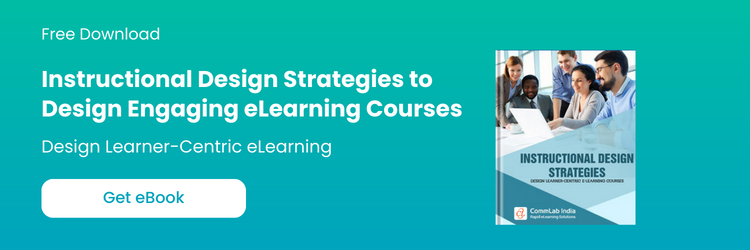We’ve all heard that curiosity is a catalyst for learning. But neuroscience now confirms it does far more—it literally rewires the brain for change. For corporate instructional designers and L&D leaders navigating constant reskilling demands, this is not just good news. It’s a design imperative.
Table Of Content
How to Use Learners’ Curiosity in Learning Design
A recent article in Big Think explains that curiosity isn’t a soft, vague emotion. It’s a biochemical state that heightens learning, engagement, and adaptability. Here’s what the brain does when curiosity kicks in:
- Releases dopamine, making learners feel good and more receptive to new information
- Activates the hippocampus, the region responsible for memory and learning
- Creates lasting change, because the brain becomes more “plastic,” open to forming new connections
What This Means for Instructional Design
4 Winning Ways to Prime the Brain for Learning
Here’s what learning designers can do:
- Start with a question
- Build in progressive discovery
- Anchor it in relevance
- Reward curiosity
If you’re still starting courses with “Welcome to Module 1: Objectives,” you’re missing a powerful opportunity to prime the brain for learning. Instead, try this:
1. Start with a question—before giving answers
Pose a problem. Frame a dilemma. Drop learners into a scenario. Curiosity spikes when there’s a gap between what we know and what we want to know. Use this “information gap” to pull them in.
2. Build in progressive discovery
Instead of front-loading content, let learners explore. Use branching, reveal mechanics, or micro-challenges to gradually expose information. This mimics the natural curiosity loop.
Instructional Design for Learner-Centric Courses
3. Anchor it in relevance
Curiosity without context fizzles. Tie the content to something meaningful—a real-world task, an emotional payoff, or a skill that boosts professional credibility. This is where the Relevance in Keller’s ARCS model comes in.
4. Reward curiosity
When learners take initiative—click, explore, ask—give feedback. Even simple micro-rewards (progress bars, badges, feedback loops) tap into the same dopamine pathways that curiosity activates.
Final Thought
In a world of change, curiosity isn’t just a learning strategy—it’s a survival trait. As learning designers, our job is to architect curiosity, not just content. The more curious our learners are, the more open their brains are to transformation.
And that’s where real learning begins.
Want to create engaging learning experiences that truly make an impact? Here’s an eBook that dives deep into instructional design strategies that spark curiosity and keep learners engaged, helping you design learner-centric courses that drive transformation. Turn your instructional design dreams into reality and keep your learners hooked from start to finish. Download now and discover how the right instructional design strategy ensures sustained engagement and lasting results!
View the original article and our Inspiration here

